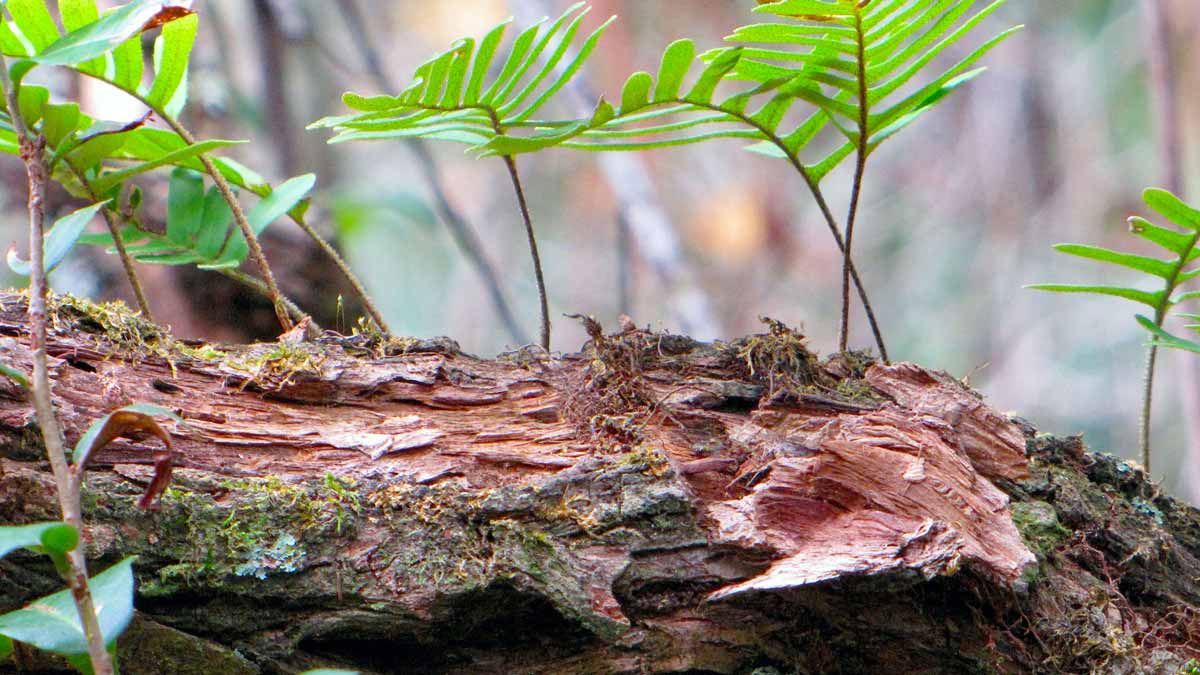DEAD WOOD

The term “dead wood” in the workplace usually doesn’t mean good things, but that same term in the outdoors can mean great things for a variety of wildlife. Let’s first run through a couple of definitions. A snag is any standing dead tree. And once that snag falls to the ground, its name immediately changes to a log. People in the South also use the word “stob” or “stub” which they’re usually referring to a dead limb in a live tree or remnants of a dead tree peeking up above the water in a reservoir or pond. No matter where, dead wood can host a lot of living critters, especially birds including owls. Read more about gardening for wildlife here.
When a tree in your yard dies and must be removed for fear of falling on something like the house or the cars, consider leaving 10-20 feet of trunk intact for woodpeckers and other wildlife. They serve as great perches for owls. This is also good on your pocketbook since you’d be leaving the biggest and heaviest, thus, most expensive part of removing the tree.
There are over 80 species of cavity-using birds in the U.S. and many of them are familiar to us including various woodpeckers, screech owls, bluebirds, Wood Duck, chickadees, and several others.
Keep snags and logs intact on your property — do it for the owls and other wildlife, do it because it saves you money, and do it for your viewing enjoyment. If you would like to add additional own habitat in your yard, Owl Shacks make the perfect house. Order yours here.
